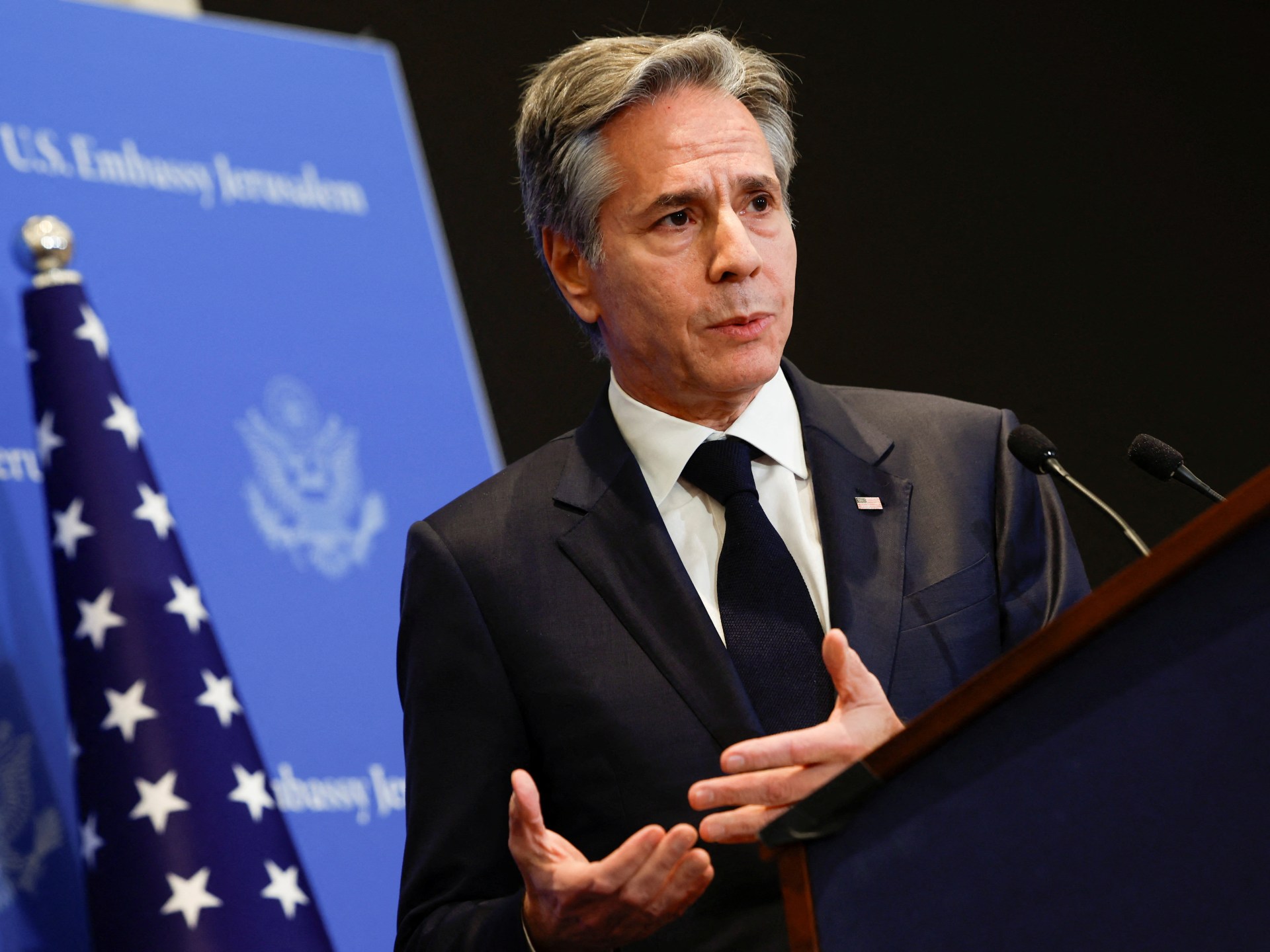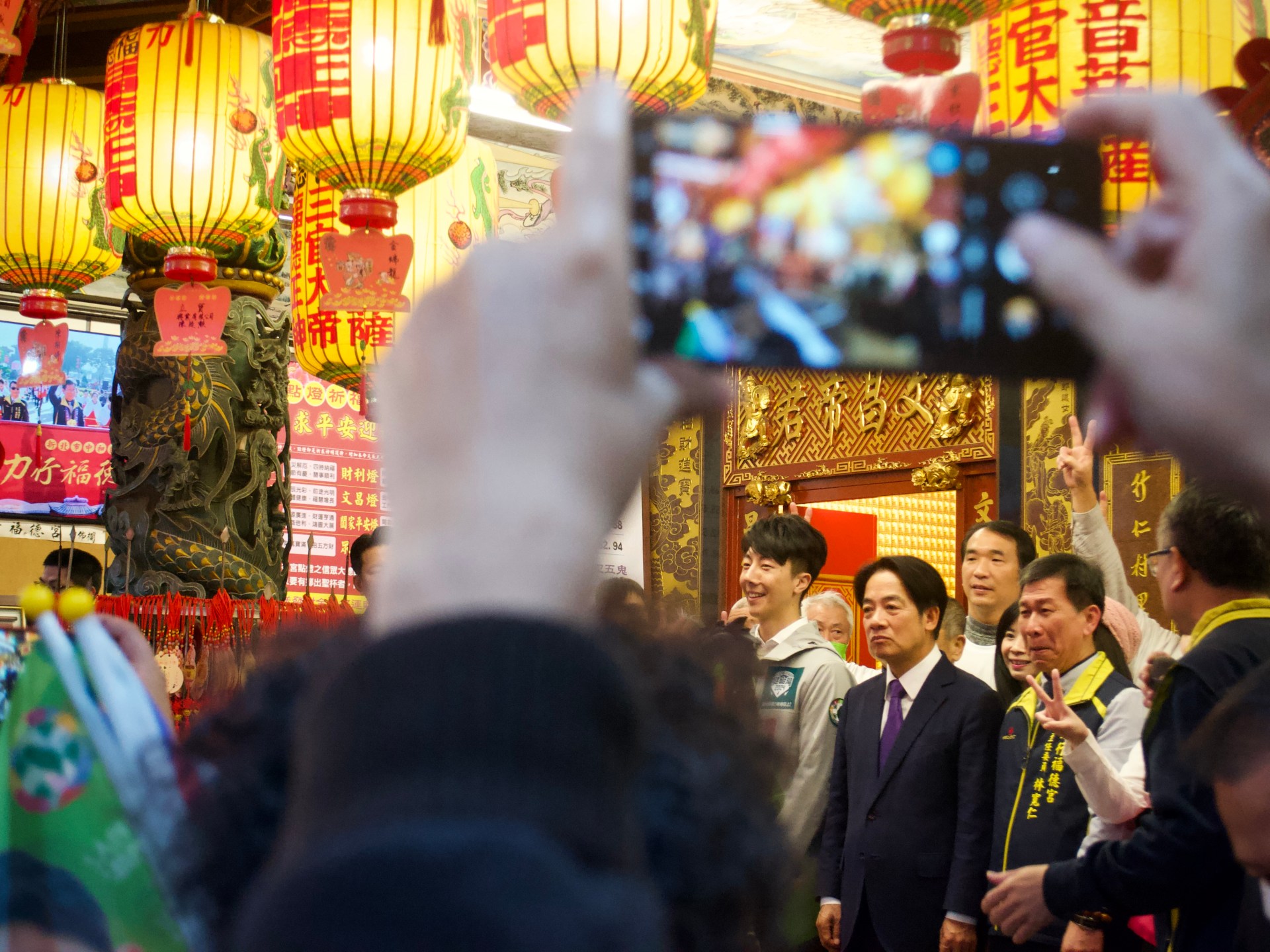
SUZU, Japan (AP) — Japanese rescue workers and canine units urgently searched the rubble Wednesday ahead of predicted bitter cold and heavy rains. The prime minister called it a race against time after powerful earthquakes in western Japan killed at least 73 people.
Ishikawa Prefecture and surrounding areas were rocked by a magnitude 4.9 aftershock on Wednesday, one of dozens that followed Monday’s magnitude 7.6 quake that struck near Noto, about 300 kilometers (185 miles) from Tokyo on the opposite coast. The quake triggered tsunami warnings and was followed by waves more than a meter (3 feet) high in some places.
Experts say the first 72 hours are particularly critical for rescue, as the chances of survival deteriorate significantly afterwards.
“More than 40 hours have passed. “This is a race against time and I feel we are at a critical moment,” Prime Minister Fumio Kishida told reporters. “We have received reports that many people are still waiting for rescue under collapsed buildings.”
The narrow Noto Peninsula has made access to some communities even more difficult. Water, electricity and cell service were still out in some areas.
Naomi Gonno says she and her children had just left their house when it collapsed.
But her children screamed “Grandma,” and Gonno saw that her mother was trapped under the destroyed house with only her hand visible. She was able to squeeze out through a tiny space, Gonno said.
“I can’t believe we’re still alive,” she said. “We live in fear.”
Aid workers distributed water, blankets, food and other supplies. Search dogs joined military personnel and firefighters in trying to find dozens of people believed to be trapped. However, the exact number is unclear.
Weather forecasts warned of heavy rain in Ishikawa, prompting fears of landslides and further damage to half-ruined houses. Temperatures were expected to fall to around 4 degrees Celsius (39 degrees Fahrenheit) overnight.
According to Ishikawa prefectural authorities, 39 of the deaths were in the city of Wajima, while 23 people died in Suzu. The other deaths were reported in five neighboring cities. Although there is no official number of missing people, dozens are believed to be trapped under collapsed buildings.
More than 300 people were injured, at least 25 of them seriously.
Ishikawa Governor Hiroshi Hase urged everyone to use masks, antiseptics and soap to protect themselves from the spread of infectious diseases as evacuees shelter together. Ensuring adequate water supplies and toilets for the displaced is a priority, he said.
Nearly 33,000 people remain in evacuation centers, and some said they were hungry and cold, unable to sleep and afraid.
When the quake struck on Monday, Yasuo Kobatake ran out of his house with just one sock. The shaking knocked him to the ground and a concrete wall collapsed, narrowly missing him, he said.
At the elementary school where he and others were housed, he ate only rice balls and a few sips of water in paper cups. They slept on pillows, without blankets.
“It was so cold. I thought I was going to freeze to death,” he said.
After the earthquakes and tsunami, boats lay overturned in the sea, roads were blocked by piles of dirt, and columns and walls lay scattered among collapsed houses. A major fire reduced an entire part of the town of Wajima to ashes.
Officials warned that more major earthquakes could follow.
Japan is prone to earthquakes and has many fault lines and volcanoes. A severe earthquake, tsunami and nuclear disaster in 2011 caused extensive damage in northeastern Japan.
No major problems were reported at nuclear power plants after Monday’s quake. The Shika Nuclear Power Plant in Ishikawa experienced a partial power outage, but emergency power was activated, ensuring the continuation of the critical cooling process.
Japan is an organized, conformist and relatively crime-free society where warnings are systematically passed on as a public service. Disaster experts say this helps save lives.
Takako Izumi, a professor of disaster science at Tohoku University, said it takes time to figure out the logistics because roads are often blocked after an earthquake and large trucks cannot get through to deliver aid.
If land routes are not accessible, aid may have to be dropped from the sky or brought by boat. The winter cold poses an increased health risk and some people may still not have reached an evacuation center, she added.
“First we have to accurately assess the damage. And then an appropriate response can be made and what is needed can reach the right places,” Izumi said.
___
Kageyama reported from Tokyo. Haruka Nuga in Bangkok and Rod McGuirk in Sydney contributed.
___
Yuri Kageyama is on X: https://twitter.com/yurikageyama






Recent Comments